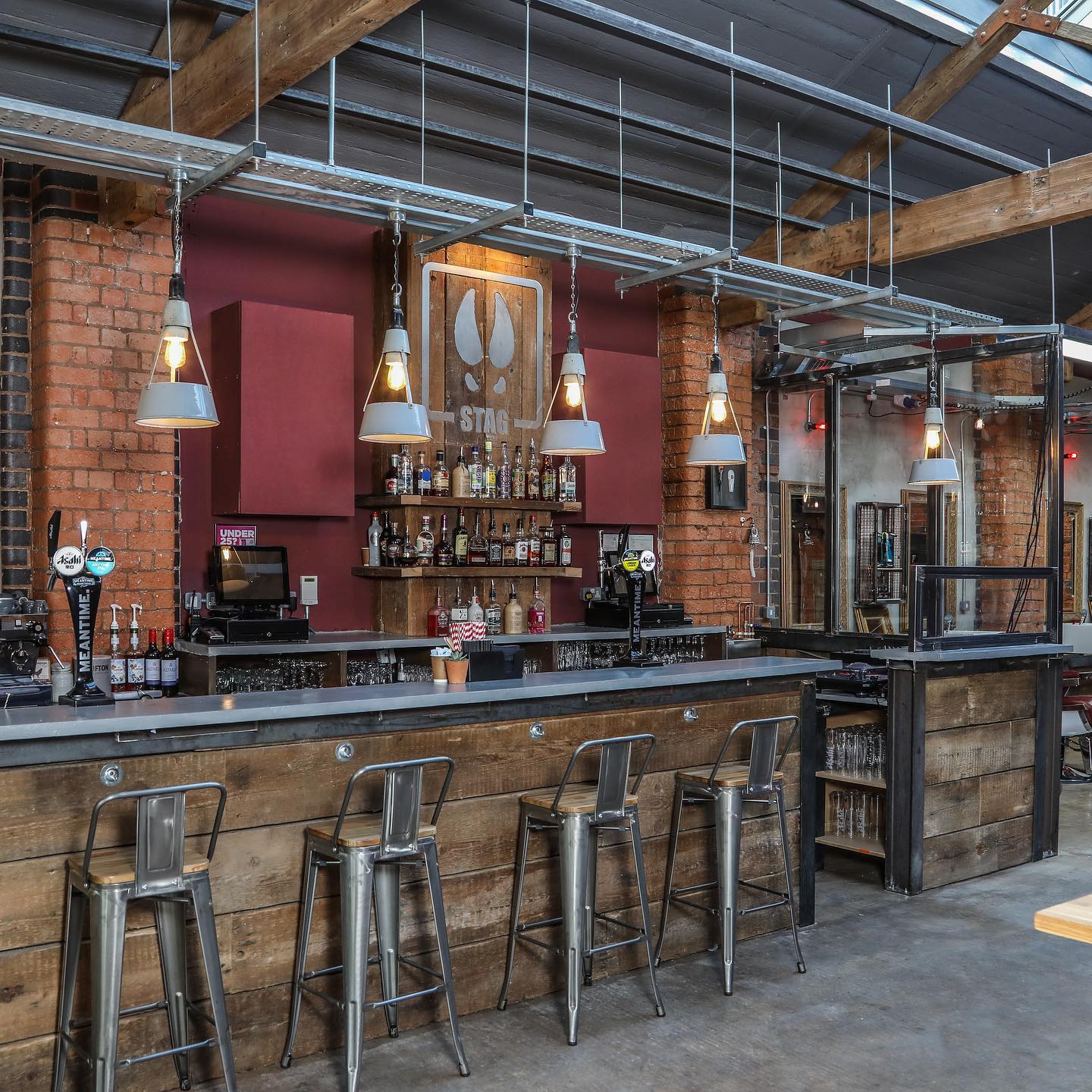
-
Courtyard unit 2,
Custard factory,
Gibb Street,
Birmingham
B9 4AA - 07977 319 160
- contact@stagdigbeth.com
Stag Digbeth’s coffee is supplied by Quarter Horse Coffee Roasters, located on Bristol Street, Birmingham, just over a mile from Stag Digbeth. Our house blend ‘Dark Horse’ combines a mixture of Brazilian and Colombian beans offering a unique flavour profile that is comparable to Cadbury’s Fruit and Nut bar.
Rumours of coffee’s origins stem from a 9th century Ethiopian goat herder named Kaldi. His goats ate berries from certain trees and became so energetic that they didn’t want to sleep at night. Kaldi told the abbot of the local monastery about the trees and he decided to roast and boil the berries to make a beverage. The aroma from the coffee beans over the fire created a delightful smell and also meant that the monks could stay awake for hours of prayer.
– The History of Coffee, National Coffee Association
Since then coffee has become the second most sought after commodity after crude oil.
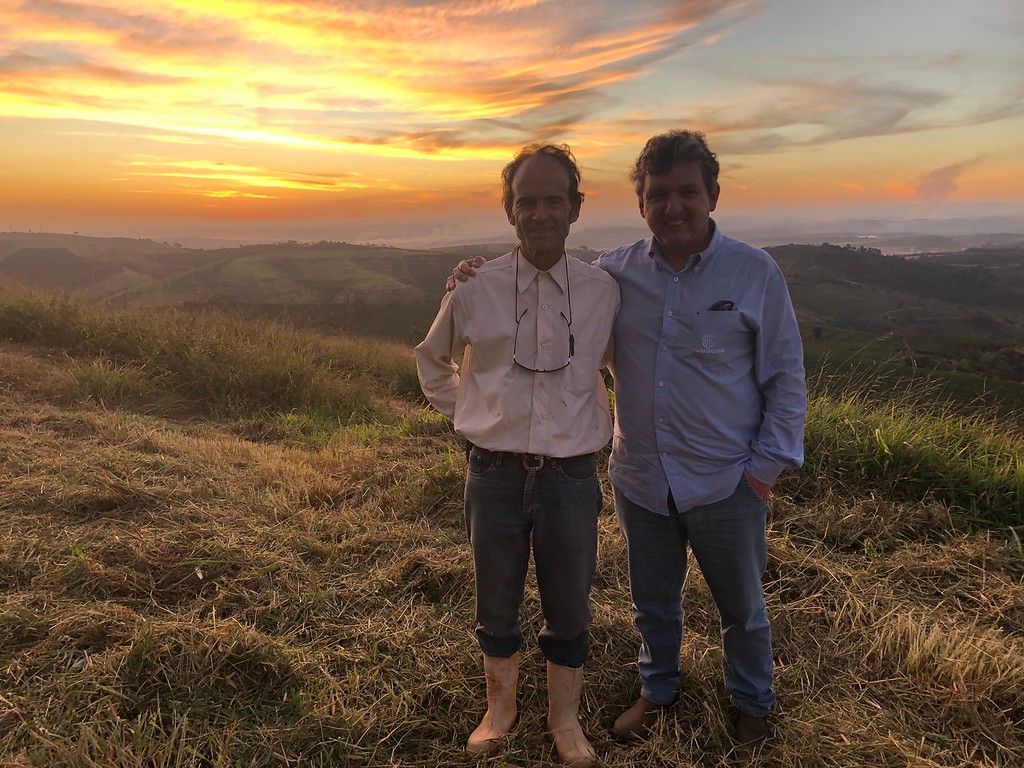
Our house blend contains a Brazilian bean grown at the Fazenda Zaroca farm in Tres Pontas, Sul De Minas (Farm Owner Gilberto Basilio and a member of his team are pictured on the left). These are what give the blend its body of flavour.
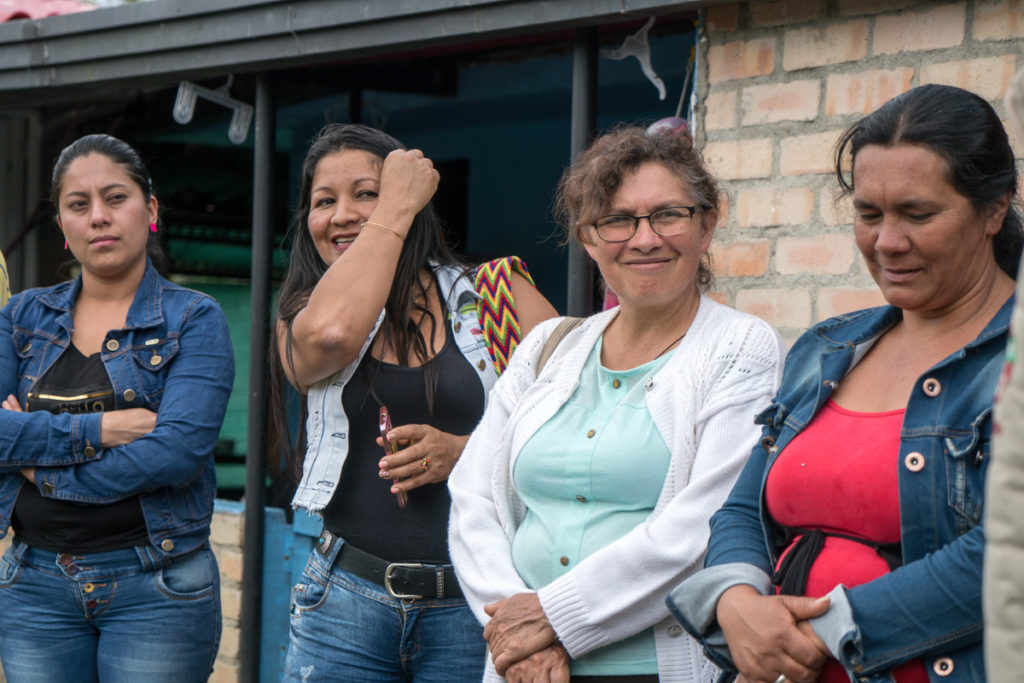
The Colombian beans are picked by AMACA, a group of all female coffee producers which began in 1999 and has since grown to over 140 members. The members are all women farm owners and heads of household. (Some members of AMACA pictured on the right).
The beans from AMACA cost a little more in order to support their goals as a group. Their main aim is to improve the quality of life for them and their member’s families. Currently one of their most pressing needs is a warehouse to properly receive, cup, store and manage their coffees.
The beans are picked, de-pulped, washed and have their parchment removed.
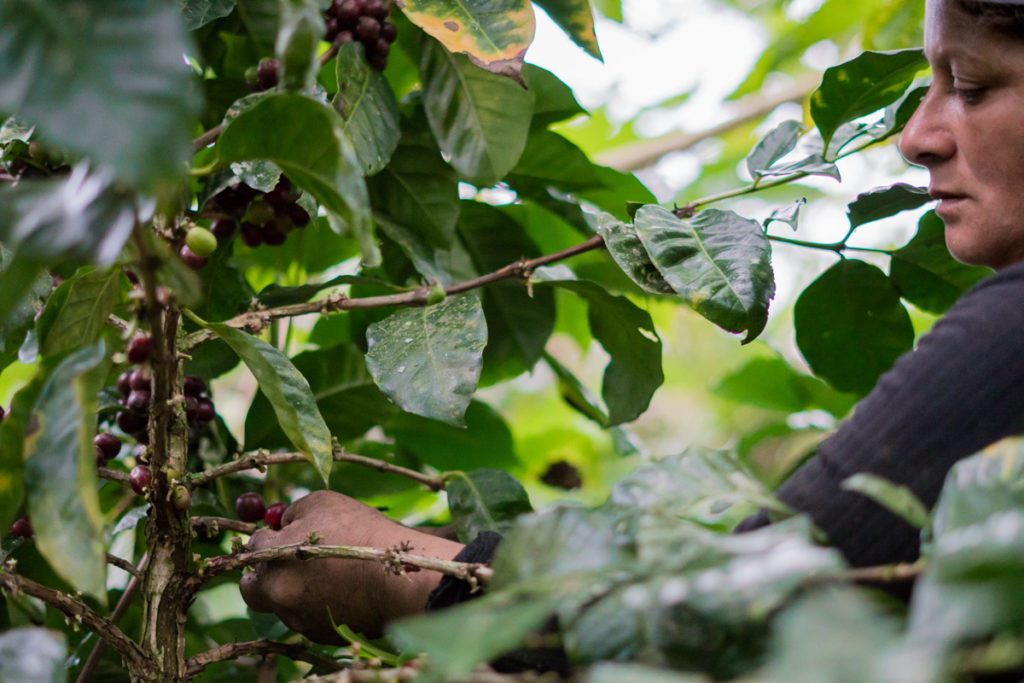

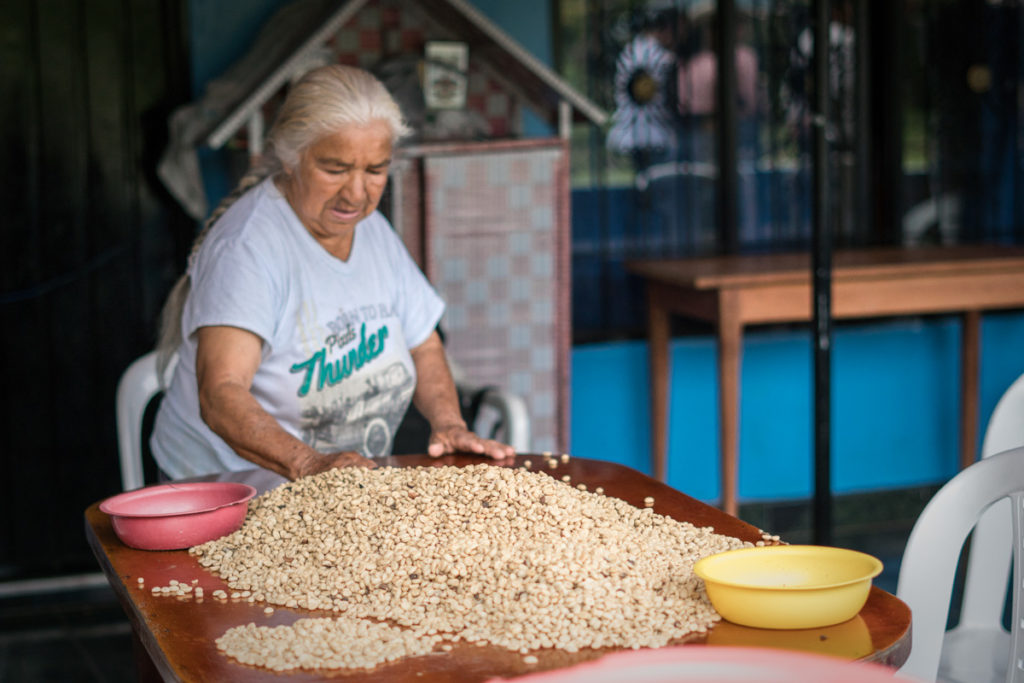
The beans are then transported from their farms to the UK to be roasted.


When the beans reach Birmingham, Nathan Retzer from Quarter Horse picks the different blends and also selects the specific roasting method to suit the flavour profile of the beans.
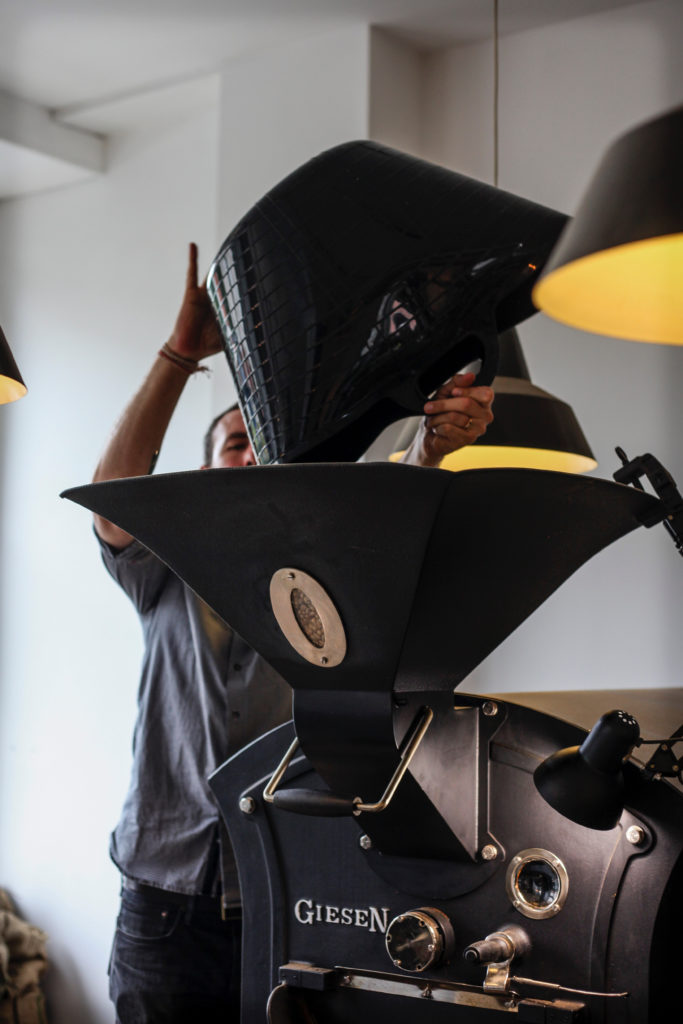
The beans get tipped in to the roaster and they slowly begin to change colour. The machine spins a drum over a gas flame to create an even roast. The roast is monitored using visual checks through a small window and temperature probes.
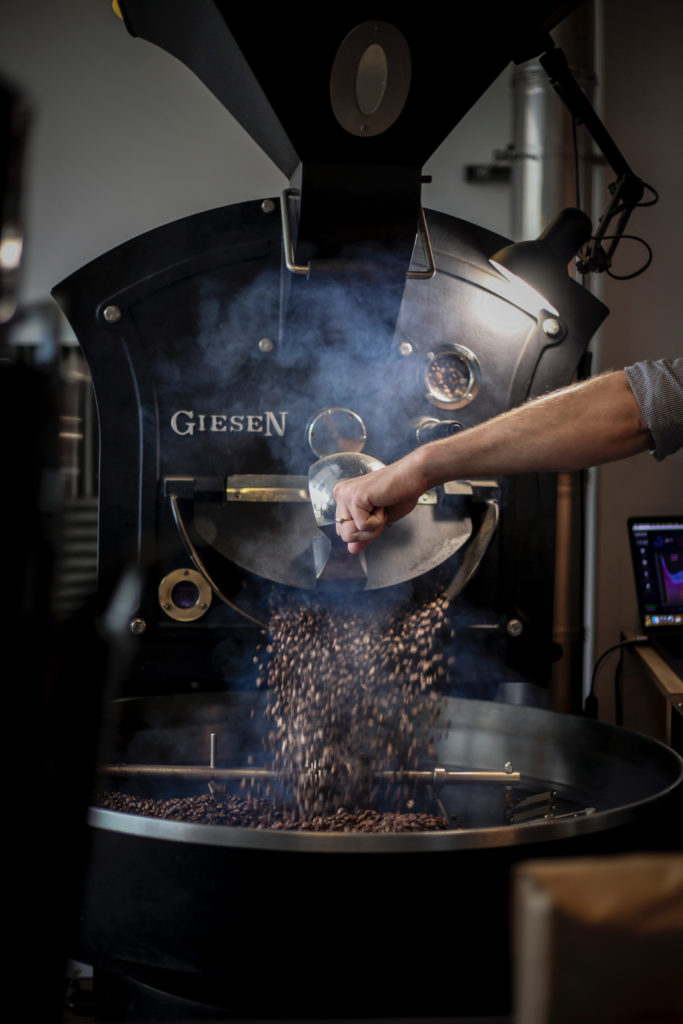
Next, the beans get released from the roaster and drop into a cooling tray.
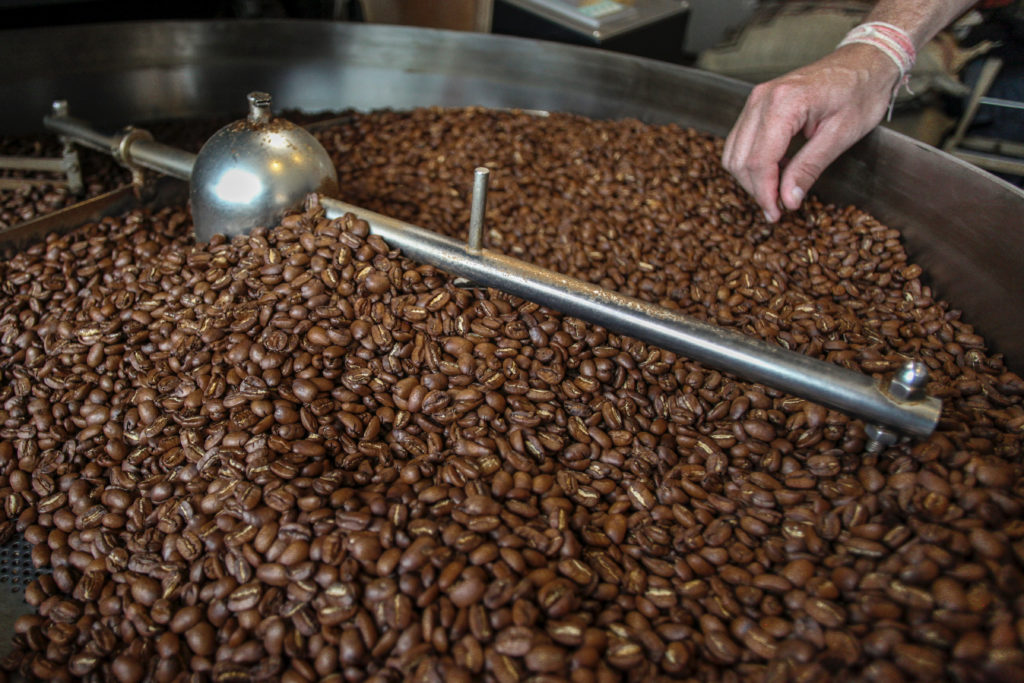
A large rudder circulates the beans to cool them down.
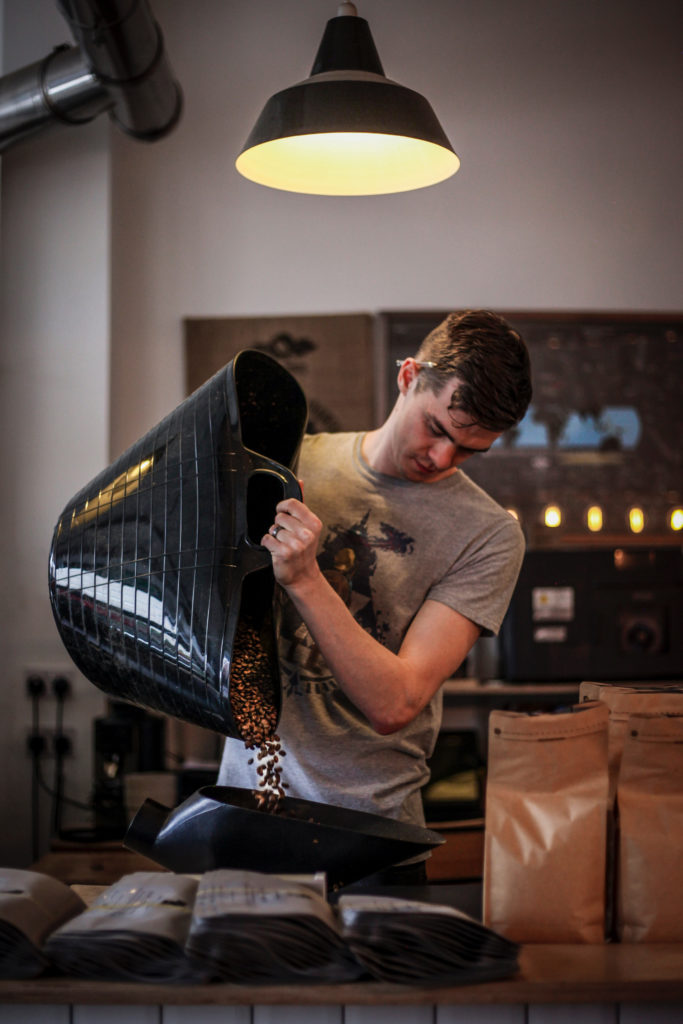
The beans will then be weighed, bagged and sealed, then sorted for delivery or collection.
We collect our beans weekly, sometimes right after the roasting process. This means the beans are sometimes still warm as we start making coffee first thing in the morning.
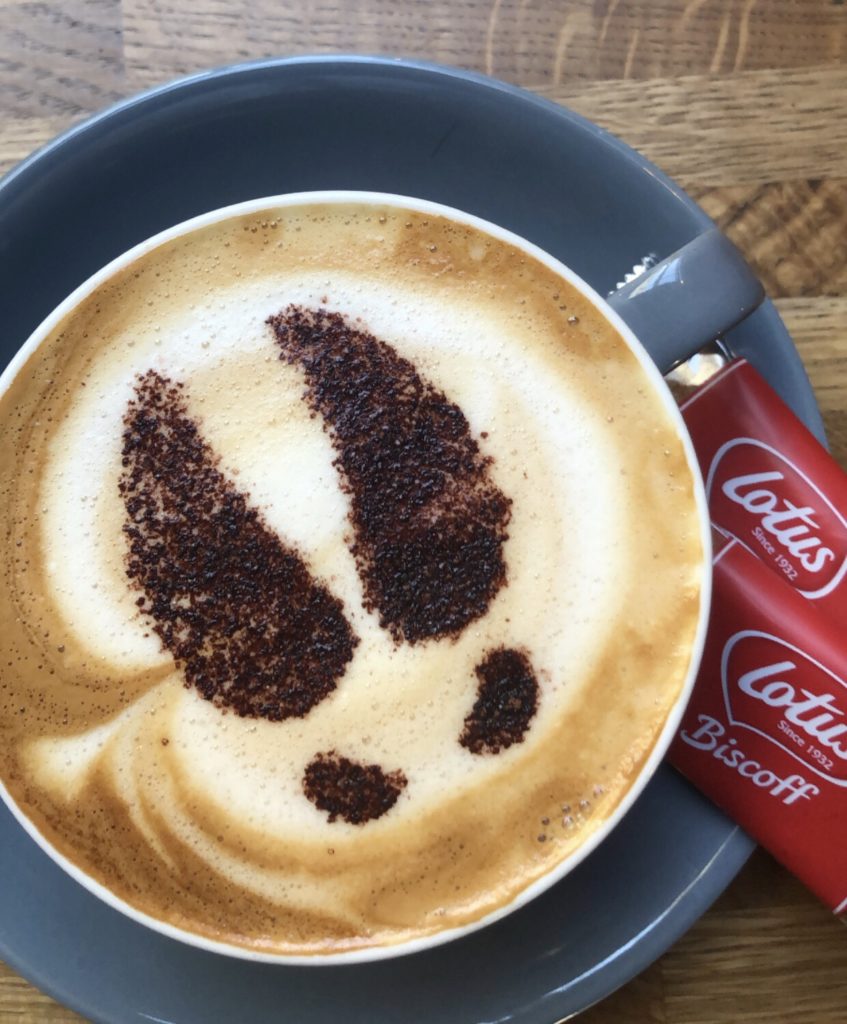
If you haven’t already, why not come down and try a cup, or claim your complimentary drink with your haircut?
For what’s on at Stag Digbeth in the coming months, visit our Event Page.
Photography by Joe Matten.